Discover Related Products
Now explore supplements designed to support Longevity, Gut Health & Cellular Vitality.
CITOZYM - Support Natural Detox, Immune and Longevity Support
Hair Loss: Causes, Treatments, and Preventive Strategies
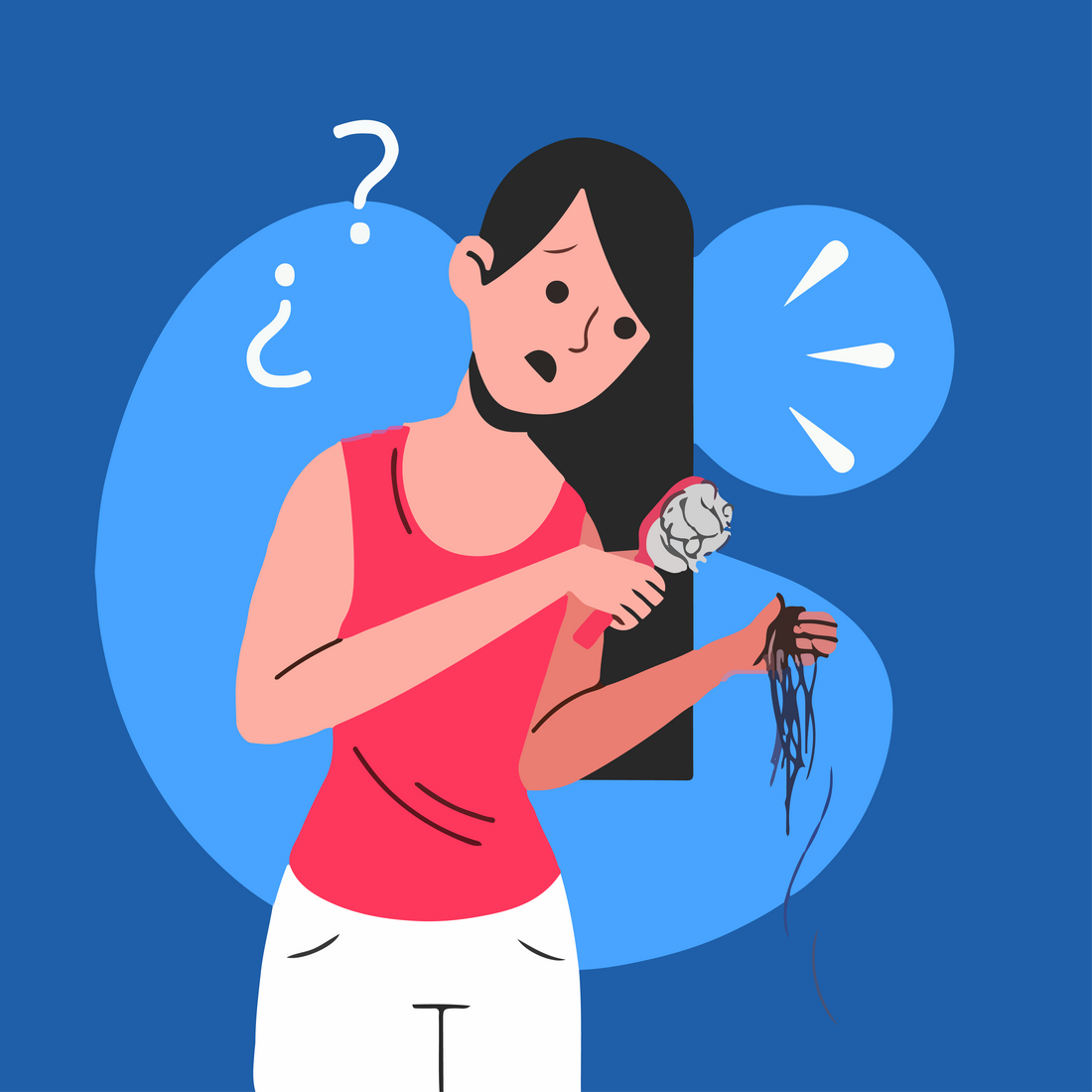
Hair loss is a widespread concern that affects millions worldwide, both men and women. Understanding the underlying causes and available treatments is crucial for effectively managing this issue. In this article, we explore the main causes of hair loss, treatments, preventive strategies, natural remedies, and supplements that can help.
In-Depth Analysis of Hair Loss Causes
1. Androgenetic Alopecia
Androgenetic alopecia, or hereditary baldness, is the most common form of hair loss, affecting up to 50% of men and women during their lifetime. This type of hair loss is characterized by the progressive miniaturization of hair follicles, mainly due to hormonal influences and genetic predisposition.
Biological Mechanism
Androgens, such as dihydrotestosterone (DHT), bind to receptors in hair follicles. This binding can cause changes in the hair growth cycle, shortening the anagen (growth) phase and prolonging the telogen (rest) phase, leading to gradual hair thinning.
Genetic Factors
Genetic studies have identified several loci associated with androgenetic alopecia, including the AR gene, which encodes the androgen receptor. Genetic predisposition plays a significant role in susceptibility to this condition.
2. Hormonal Imbalances
Hormonal imbalances can negatively impact hair growth. Fluctuations in estrogen, progesterone, thyroid, and androgen levels can lead to various types of hair loss.
Pregnancy and Menopause
During pregnancy, elevated estrogen levels prolong the anagen phase, increasing hair density. After childbirth, the rapid drop in estrogen can cause diffuse hair loss, known as postpartum telogen effluvium.
Polycystic Ovary Syndrome (PCOS)
PCOS is characterized by increased androgen levels, which can cause androgenetic alopecia in women, along with symptoms like hirsutism and acne.
3. Physical and Emotional Stress
Stress can trigger a series of physiological responses that affect the hair growth cycle. Acute stress can lead to telogen effluvium, a temporary condition where many follicles prematurely enter the telogen phase.
Mechanism of Action
Stress activates the hypothalamic-pituitary-adrenal (HPA) axis, leading to cortisol release. High cortisol levels can disrupt the hair growth cycle and promote follicle miniaturization.
4. Nutritional Deficiencies
Hair health depends heavily on adequate nutrient intake. Deficiencies in certain essential nutrients can contribute to hair loss.
Iron
Iron is crucial for hemoglobin synthesis, which transports oxygen to hair follicles. Iron deficiency can lead to anemia, which is associated with diffuse hair loss.
Zinc and Copper
Both minerals are vital for DNA synthesis and cell division in hair follicles. Zinc deficiency, in particular, has been linked to various hair disorders, including alopecia areata.
B Vitamins
B vitamins, such as biotin and niacin, play a role in hair growth and maintenance. Although biotin deficiency is rare, it can lead to hair loss and skin issues.
5. Autoimmune Diseases
Certain autoimmune conditions can cause hair loss by attacking hair follicles through immunological mechanisms.
Alopecia Areata
Alopecia areata is an autoimmune disease where the immune system mistakenly attacks hair follicles, leading to patchy hair loss. The exact cause is not fully understood, but it likely involves a combination of genetic and environmental factors.
Systemic Lupus Erythematosus
This autoimmune disease can cause scalp inflammation, resulting in either scarring or non-scarring hair loss.
Treatments for Hair Loss
1. Medications
Two FDA-approved medications for treating hair loss are minoxidil and finasteride. Minoxidil is a topical treatment that stimulates hair growth and slows hair loss, while finasteride is an oral medication that reduces DHT production, an androgen responsible for follicle miniaturization.
2. Laser Therapies
- Low-level laser therapy (LLLT) is a non-invasive treatment that uses lasers to stimulate hair growth. Clinical studies have shown that LLLT can effectively promote hair density and improve hair quality.
3. Hair Transplantation
Hair transplantation is a surgical procedure where hair follicles are taken from one part of the scalp (usually the back) and transplanted to bald areas. This technique offers permanent results but can be costly and requires a recovery period.
Natural Remedies for Hair Loss
In addition to conventional treatments, several natural remedies can help prevent or reduce hair loss:
1. Essential Oils
Applying essential oils can stimulate hair growth and improve overall hair health. Rosemary, lavender, and peppermint oils are known for their beneficial properties.
Usage Tips:
Mix a few drops of essential oil with a carrier oil, such as coconut or jojoba oil, and gently massage it onto the scalp for 10-15 minutes before rinsing.
2. Aloe Vera
Aloe vera is known for its soothing and moisturizing properties. It can help reduce scalp inflammation and promote hair growth.
Usage Tips:
- Apply aloe vera gel directly to the scalp, leaving it on for about 30 minutes before washing with a mild shampoo.
3. Onion Juice
Onion juice is rich in sulfur, which can stimulate blood circulation and promote hair growth.
Usage Tips:
- Extract the juice from a few onions and apply it to the scalp, leaving it on for at least 15 minutes before rinsing with warm water.
4. Green Tea
Green tea contains antioxidants that can stimulate hair growth and prevent hair loss.
Usage Tips:
- Prepare a cup of green tea and use it as a final rinse after shampooing, allowing it to sit for a few minutes before rinsing.
Supplements for Hair Loss
Taking specific supplements can support hair health and prevent hair loss. Here are some supplements that may be beneficial:
1. Biotin
Biotin is a B vitamin essential for hair health. It helps strengthen hair and prevent breakage.
Dosage Tips:
- The recommended daily dose of biotin varies, but it is generally suggested to take between 2,500 and 5,000 mcg per day.
2. Iron
Iron is crucial for hair growth as it helps provide oxygen to hair follicles.
Dosage Tips:
- Take iron supplements only after consulting a doctor, especially if a deficiency is suspected.
3. Vitamin D
Vitamin D is important for hair growth as it stimulates hair follicles.
Dosage Tips:
- The recommended daily dose of vitamin D is about 600-800 IU. Consult a doctor to determine the most suitable dosage.
4. Zinc
Zinc is essential for protein synthesis and cell growth in hair follicles.
Dosage Tips:
- The recommended daily dose of zinc is about 8-11 mg. Take supplements cautiously, as high doses can have negative effects.
5. Omega-3
Omega-3 fatty acids can help nourish hair and reduce scalp inflammation.
Dosage Tips:
- Fish oil supplements containing EPA and DHA are a good source of omega-3s. The recommended daily dose varies, but it is generally suggested to take 1,000 mg per day.
Preventing Hair Loss
1. Balanced Diet
Following a balanced diet rich in proteins, vitamins, and minerals is essential for hair health. Foods like fish, nuts, seeds, and leafy green vegetables are particularly beneficial.
Nutritional Tips:
-
Incorporate foods rich in biotin and vitamin D, such as eggs and fatty fish, into your diet to support hair growth.
-
Consider using vitamin supplements if recommended by a nutritionist.
- Learning to manage stress through relaxation techniques such as meditation, yoga, and physical exercise can help prevent stress-induced hair loss.
- Dedicate at least 20 minutes a day to an activity that relaxes you, such as reading, taking a walk, or listening to music.
3. Gentle Hair Care
Avoid harsh treatments such as frequent dyeing, excessive use of hairdryers, and straighteners to prevent hair damage. Use gentle products suitable for your hair type to maintain healthy hair.
Hair Care Tips:
-
Use sulfate-free shampoo and conditioner to reduce scalp irritation.
-
Limit the use of heat-styling tools to once or twice a week and always use a heat protector.
Conclusion
Hair loss can result from a complex interaction of genetic, hormonal, nutritional, and environmental factors. Understanding the underlying mechanisms can help develop more effective and personalized treatment strategies. Natural remedies and the use of supplements can provide complementary support to traditional medical treatments. It is essential to consult a healthcare professional for an accurate diagnosis and an appropriate treatment plan.


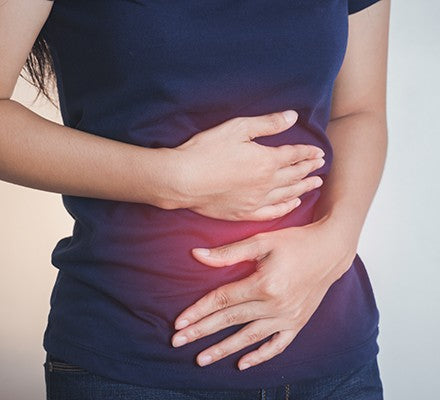

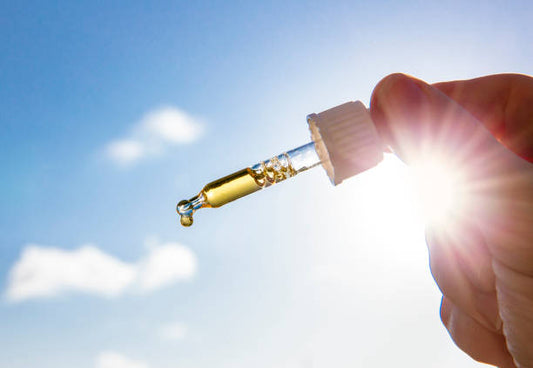
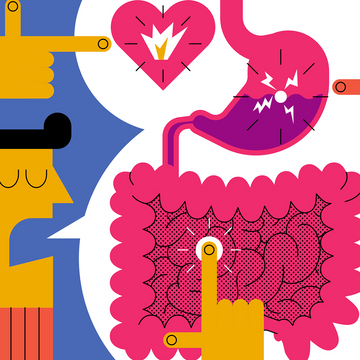
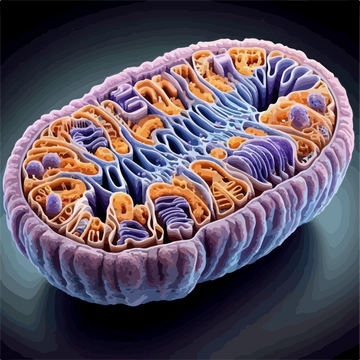
No comments